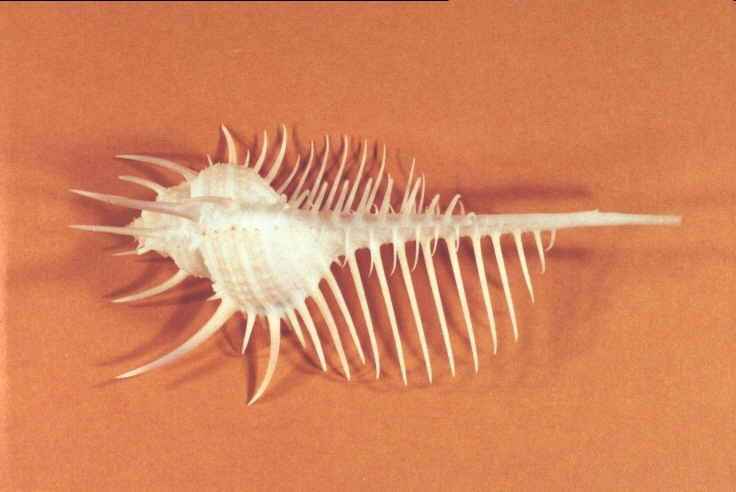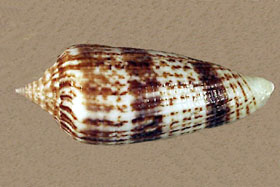Preface to Class of Gastropoda

Photo: Ralph Body
|
Literal meaning: Stomach-footed
Common names: Snail, Slug, Limpet, Whelk |

|
Shell:
A calcareous, coiled or cup-shaped shell
that begin to form within the
first few hours of embryonic development is typical of this class.
A few species
have internal shells while the Nudibranchs have no shell at all.
Shells may have spines or other ornamentation.
Some have a notch or canal on
the lip of the shell thru which a siphon
extends.
|
The size of the shell is variable ranging from about 1mm to over 609 mm in length
and 456 mm in width
Animal:
The animal has a head which is fused to a flattened, disk shaped muscular foot,
and 
